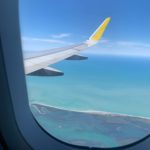Wyoming is a dream! We spent 5 days exploring and road-tripping across this beautiful state. We experienced jaw-dropping views, countless encounters with wildlife and chances to see geothermic activity. If you’ve ever been interested in taking a road trip through Wyoming, this is the itinerary for you!

This itinerary illustrates a northern Wyoming road trip that includes scenic drives, the best things to see and do, where to stay, and more. We began our road trip on the northeast side of the state on US I-90 and ended it on the northwest side of the state on US-89 in Yellowstone, National Park. If you want to travel from the opposite way, just do the reverse route. We got to experience some of the most beautiful places in the state. I am so excited to share my adventures with you, along with some helpful insight that can help you on your future trip as well!
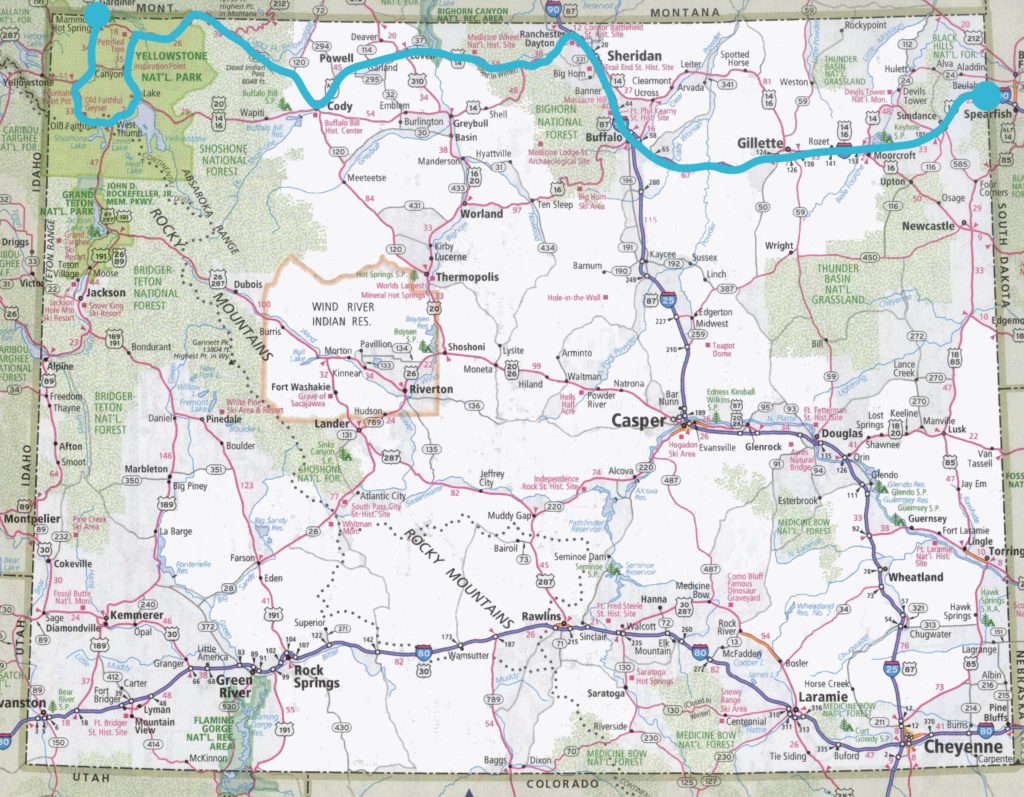
Day 1: Scenic US I-90 Drive + Explore Buffalo, Wyoming
We first entered Wyoming from the east side of the state on US I-90 (we were coming from Badlands National Park). This route has lots of rolling hills, meadows, and wildlife. We stayed on I-90 until we arrived in Buffalo, Wyoming. Buffalo is a small town located in the foothills of the Bighorn Mountains with scenic backroads, extensive wildlife, and rich history.
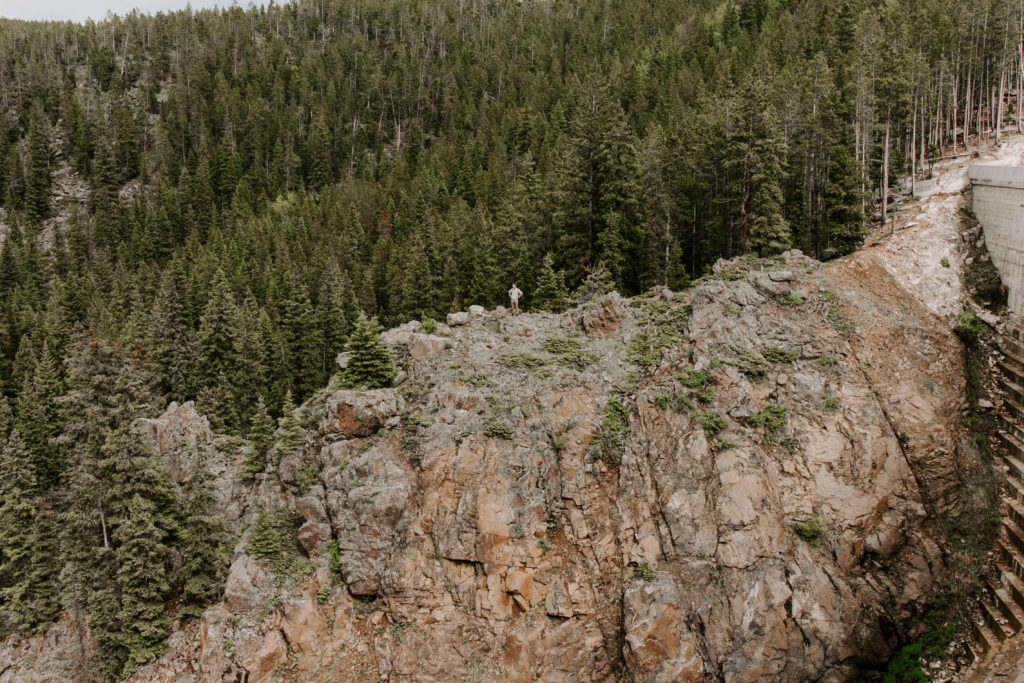
We spent the rest of the day exploring the backroads of Buffalo. Fortunately, we knew someone who had been living there for many years and knew all of the best spots to explore. One of the first places we visited was the Tie Hack Reservoir. If you drive up to the Tie Hack Picnic Site, you can take a short hike to the South Clear Creek Dam. Besides having many scenic hikes, there are also many scenic drives throughout Buffalo. One of the most scenic roads we took that day was called Crazy Women Canyon Road. When visiting Buffalo, make sure you take some time to drive around and explore the area.
Along with plenty of scenic drives and hikes, there is also a considerable amount of culture and history in Buffalo. There are more than a dozen historic buildings along Buffalo’s Main Street. The town prides itself on its rich history.
There are many backroads throughout Buffalo that are great for spotting wildlife. In less than 24 hours, we saw countless prairie dogs, mule deer, and antelope. We also spotted a moose, white-tailed deer, a golden eagle, and an entire family of elk with their young (about 15 elk total). Explore backroads in the early morning or at dusk for a better chance to see wildlife.
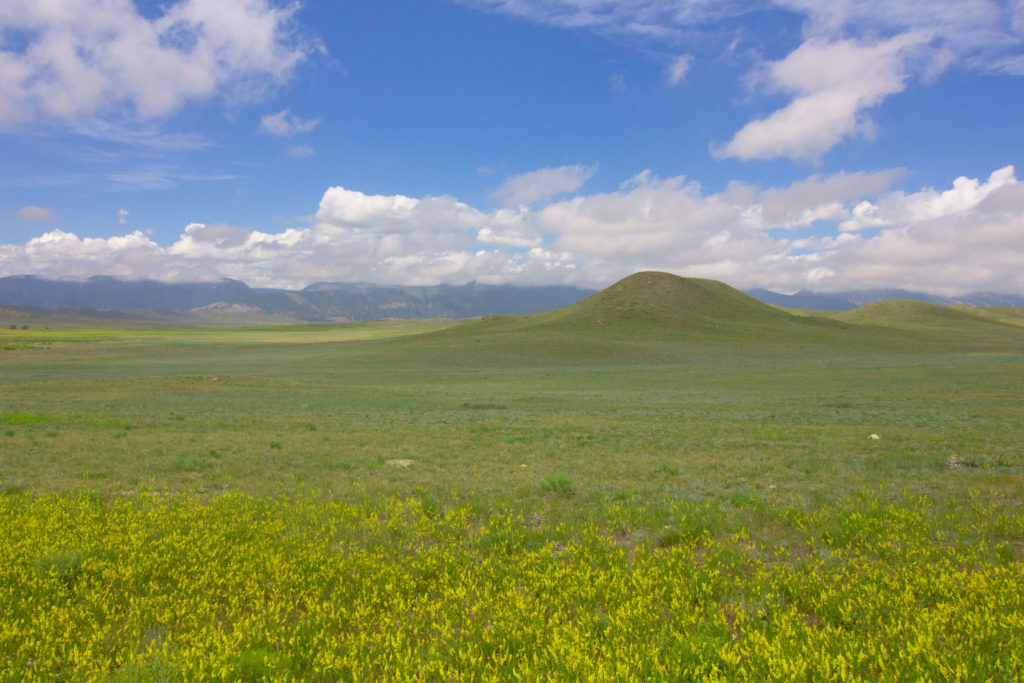
Where to stay:
Hotel: Hampton Inn + Suites
Campground: KOA
There are many other campgrounds to choose from as well.
Day 2: Medicine Wheel Passage Scenic Byway Drive + Explore the Bighorn Mountains

The next morning we spent a couple more hours driving around the backroads of Buffalo. After getting lunch in town, we got back on the road again. We headed towards the Bighorn Mountains. We took US I-90 towards Sheridan. Just past Sheridan, we took exit US-14W (towards Ranchester). Once through Ranchester, it’s a steep climb into Bighorn National Forest with tons of switchbacks. We continued on US-14 to Burgess Junction. At this point, you have a decision to make. You can take US-14 or the US-14 alternate route (both meet back up in Cody). We decided to take US-14 Alt. US-14 Alt is not recommended for oversized or over-length loads. For more information, you can read the entire Wyoming Highway Patrol Statement here. The way down the mountain is steep and you’ll be riding your brakes a lot. Make sure that your car is in good condition and you’ve recently gotten your brakes checked. If you have any doubts, take the US-14. US 14 Alt is closed in the winter. If taking the US-14 Alt is an option for you then I definitely recommend it. The route is extremely scenic. The maximum elevation on this route is 9,430 ft (2,870 m).
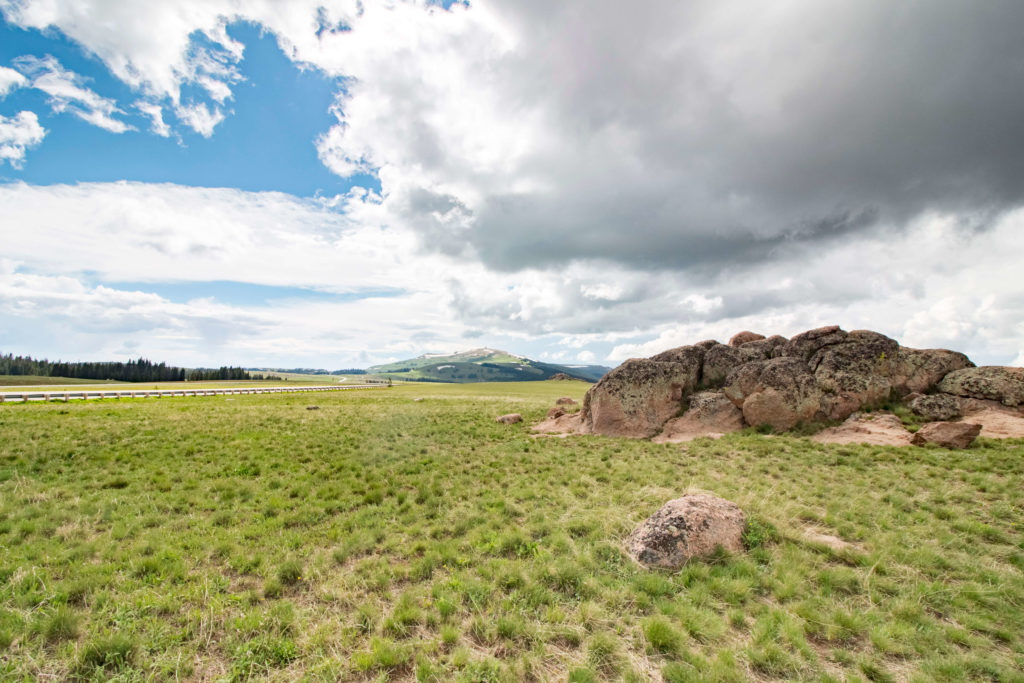
There are lots of places to stop along the US-14 Alt. Right before sunset, we decided to hike up Medicine Mountain to see Medicine Wheel and it was such a spiritual experience. It was so calm and quiet at the top with seemingly never-ending views from every direction. We couldn’t help but stand in silence and take it all in for a couple of minutes.
We reserved a campsite that night at Bald Mountain campsite. I looooved our experience with this campsite. First of all, let me start by saying that we were the only ones staying there that night. There wasn’t a single other camper there. The camp host drove by and checked in with us but after that, we were completely alone in the Wyoming wilderness.
When we arrived at our campsite, we began cooking dinner and getting ready for the night. We were there for about an hour and I had just taken my camera out to get a couple of shots of the campsite before dark. I was looking around through the lens when a weird-looking branch in the shrubs caught my eye. I did a double-take before quickly realizing that there was a moose standing about 100 feet away from us. He had been standing there silently the entire time without us noticing. For those who want to feel like they’re backcountry camping without actually having to backcountry camp- this is the campsite for you. This was honestly one of my favorite campsites I’ve ever been to.

Where to stay: (Along US-14 Alt)
Hotels: If you’re taking US-14 Alt there’s a motel back in Ranchester. Your other option is Arrowhead Lodge located near Burgess Junction. There are no hotels located along US-14 Alt.
Campgrounds: North Tongue Campground, Bald Mountain Campground, Porcupine Campground, and Five Springs Falls campground.
Day 3: Chief Joesph Scenic Byway Drive, Explore Shoshone National Forest + Arrive at Yellowstone National Park
We were advised not to take US-14 out of Cody because traffic can be bad so instead, we took WY-120 (Belfy HW) to WY-296, also known as the Chief Joseph Scenic Byway. This scenic drive crosses through the Shoshone National Forest. There are many overlooks along WY 296 including Dead Indian Summit Overlook. This overlook has jaw-dropping views + amazing photo opportunities.
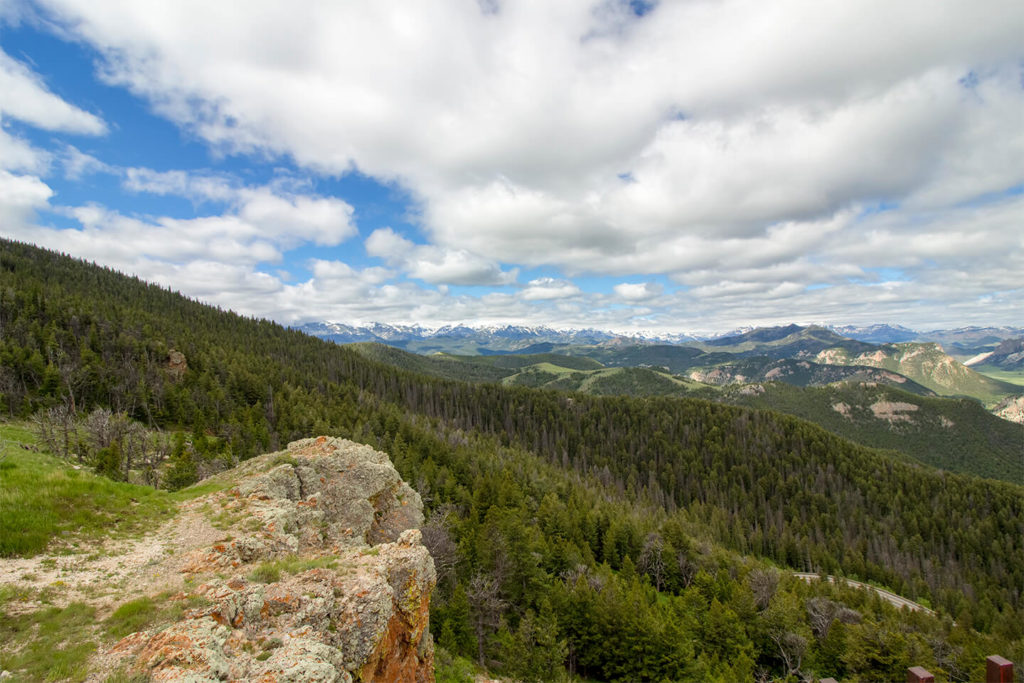
Eventually, WY-296 dead ends at US-212 (Bear Tooth HW). We then took US-212 heading west. This route temporarily goes into Montana. Eventually, US-212 enters the northeast entrance of Yellowstone. We continued on WY-212 into Yellowstone. Once at Tower Junction, we got on Grand Loop Road heading south (this eventually turns into US-20).
Yellowstone completely blew. my. mind. Within 5 minutes of entering this geothermic wonderland, we saw bison with their young calves in front of a backdrop of rolling hills, and snow-capped peaks. Every open field we passed had herds of bison in it. Occasionally they would walk within feet of our car. As long as you continue moving and keep your distance, you can capture some amazing shots of these immense creatures. Among bison, other wildlife you may encounter includes wolves, bears, coyotes, antelope, elk, moose and much more.
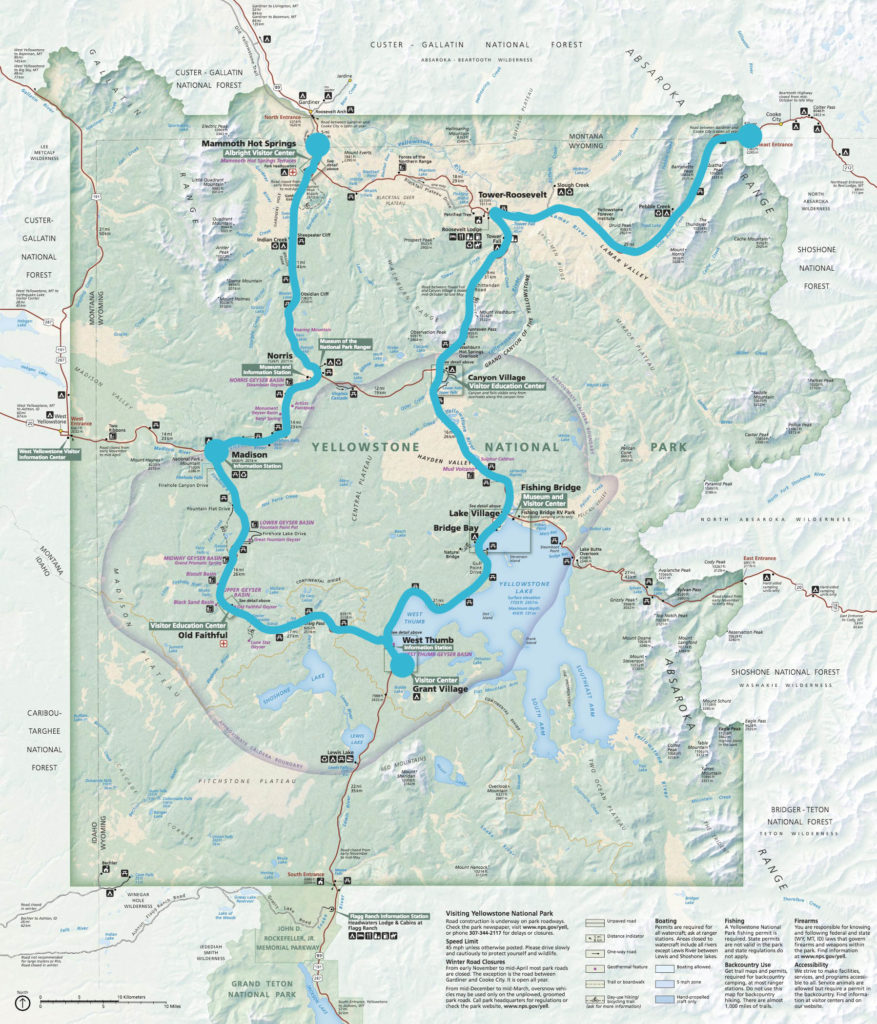
This is the route we decided to take through Yellowstone. If you’re following this itinerary, there’s some flexibility with which route you choose to take. First of all, you can enter through the East entrance or the Northeast entrance. Depending on how much time you have to spend in the park and what you want to do, there are different routes you can take from there. If you have 3 days to spend in the park as we did, this is the route I suggest taking. We stayed at Grant Village Campground our first night and Madison Campground our second night

Since we had a reservation at Grant Village campground for that night, (located at the south end of the park) we spent the rest of the day enjoying the scenic drive through the east side of the park to our campsite. Along the route, there are many different areas to park and explore. While some geothermic features require hiking to, many are viewable via a short walk on a boardwalk. Seeing Yellowstone’s thermal activity is a must during your visit. Yellowstone contains more than 10,000 geothermal features including 300 different geysers. There are also more than 900 miles of trails throughout the park.
Keep in mind that crowds can be overwhelming and weather can be unpredictable in this area. Long lines, minimal parking and less than ideal weather can result in switching up your plans. Make sure to research backups in case certain pursuits fall through and don’t be afraid to explore a feature or hike that you hadn’t planned for!
When we arrived at West Thumb, we went south on US-89 (also known as US-191) until we got to Grant Village Road. We stayed the night at Grant Village campground.
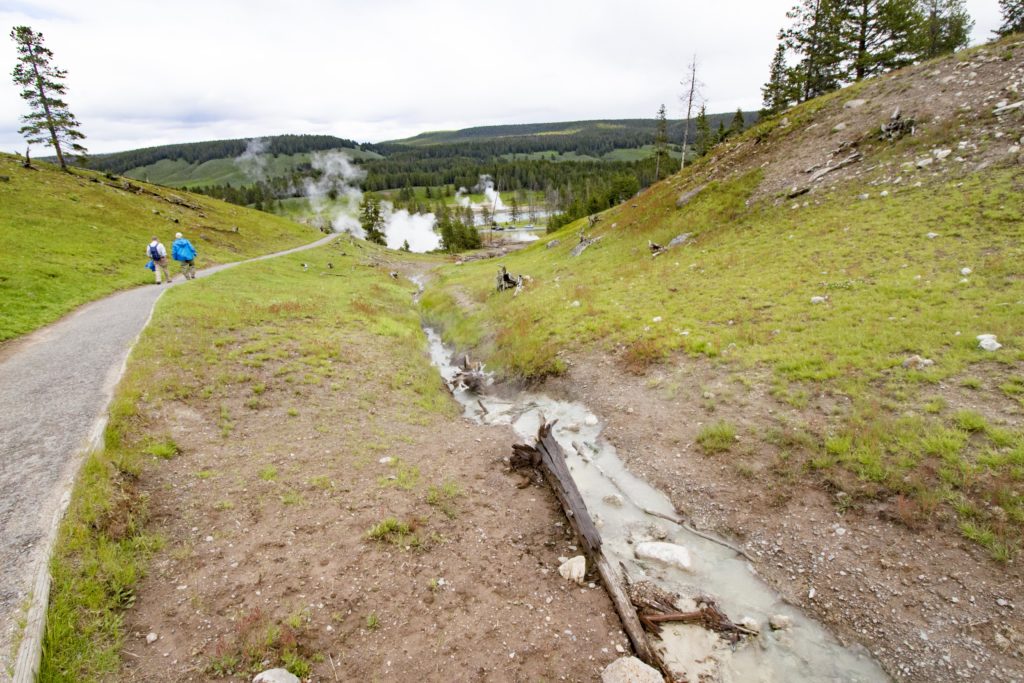
Where to stay: (east side of park)
Lodges: Canyon Lodge is often regarded as the best lodging in Yellowstone. Grant Village, Roosevelt Lodge, and Lake Yellowstone Hotel are also options.
Cabins: Lake Lodge Cabins
Campgrounds: Grant Village is located at the Southern end of the park. Pebble Creek and Slough Creek are both located off of US-212 towards the Northeast entrance of the park. Tower Fall is located a little past Tower Junction. A little farther past that is Canyon and farther down US-212 is Bridge Bay. There are also many places to camp along the US-212 right outside of the park.
Day 4: Explore Yellowstone National Park
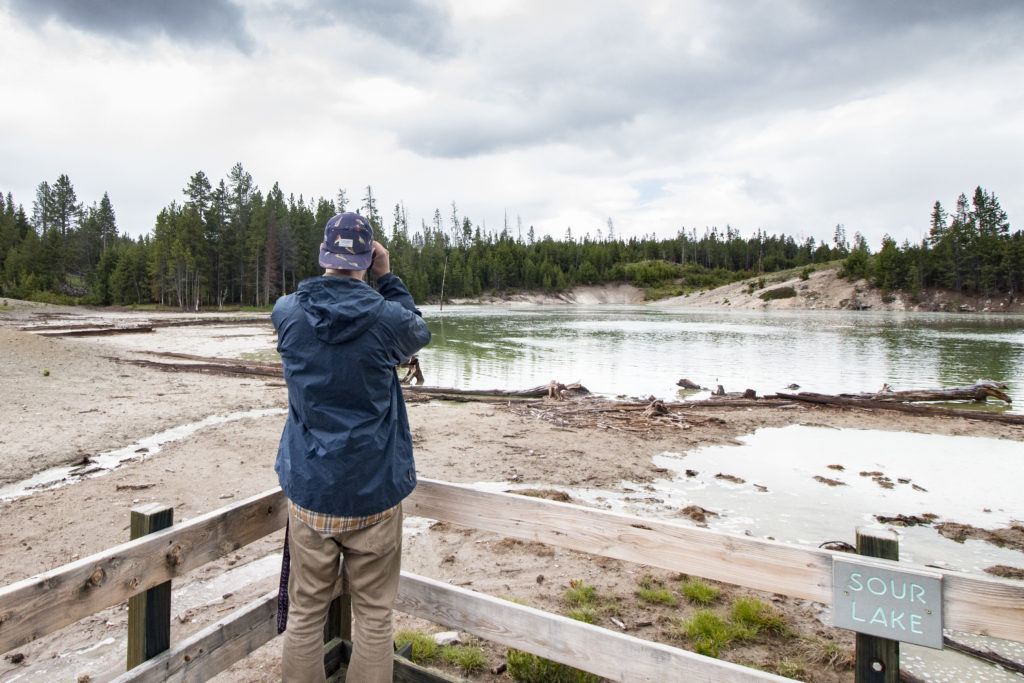
The next day we woke up early and took our kayak out on Lake Lewis. We spent around 3 hours paddling across the entire lake and down Lewis River. Yellowstone Lake is usually crowded so Lake Lewis is an adequate way to avoid crowds and experience Yellowstone’s beauty. We even saw 2 bald eagles sharing a nest!

*An important note: if you plan on putting your boat into water anywhere in Yellowstone, you must pass an inspection by the park to help protect Yellowstone from invasive species. Places you can go for this inspection include South Entrance, Lewis Lake Campground, Grant Village Back Country Office (where we went) and Bridge Bay Ranger Station. In order to protect wildlife, all boats are prohibited from streams and rivers. The only exception is for non-motorized vehicles on the channel between Lewis and Shoshone Lakes. Boat rentals are available at Bridge Bay Marina from mid-June to early September. They are available on a first-come, first-served basis.
After bringing the boat in, we had a quick lunch at some picnic tables along the lake. Then we hopped back in the car and headed towards Old Faithful. The Upper Geyser Basin has the largest amount of geothermal features in the park. If you want your best chance at seeing a geyser erupt, this is the place. Old Faithful erupts every 60-110 minutes. Predictions of Old Faithful are posted in most of the buildings in the area. You can also call (307) 344-2751.
When we arrived, we decided to hike to Observation Point- a secluded way to beat crowds and view Old Faithful. Along the way, there are many springs, geysers and other geothermic features to see. The hike was a little over a mile. When we got to the top, it began to rain. We decided to head back down before getting the chance to see Old Faithful erupt.
We continued on US-191 and then spent the night in Madison Campground.
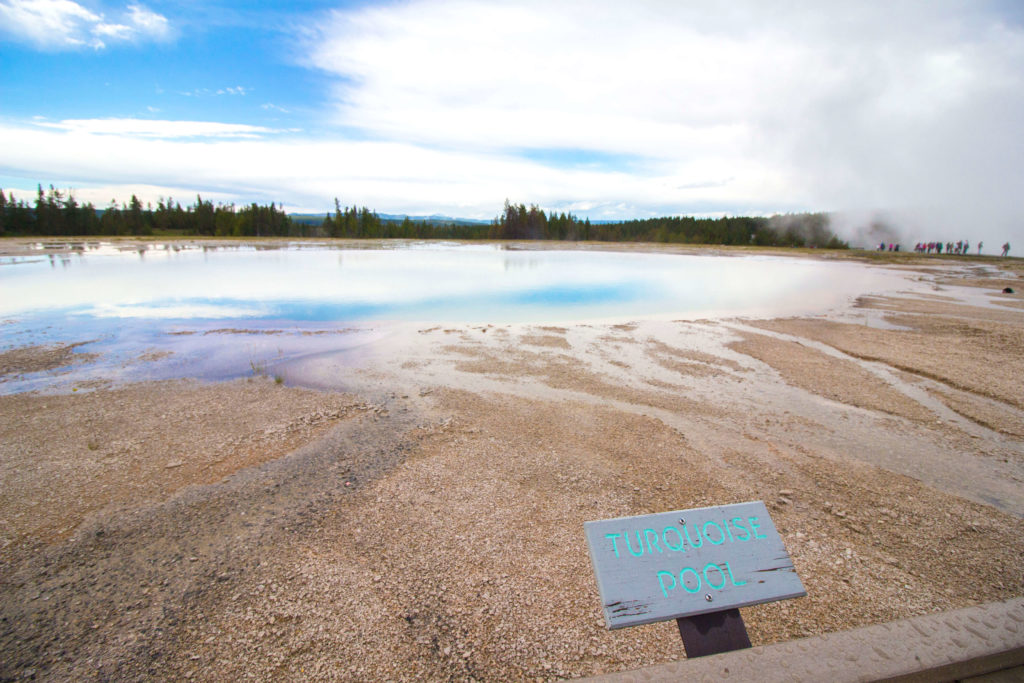
Where to stay: (west side of park)
Lodges: Mammoth Hot Springs, Old Faithful Lodge, and Old Faithful Inn. Old Faithful Snow Lodge is only available during the winter.
Campgrounds: Madison, Norris, Mammoth, Indian Creek, and Lewis Lake are all options.

Day 5: Explore Yellowstone National Park + Scenic US-89 Drive
The next morning we headed back to Old Faithful for a second chance to see it erupt. Make sure to arrive a little before the eruption in order to get a good viewing spot. Crowds around Old Faithful can be substantial depending on when you visit.
After, we drove back east on US-191 to Grand Loop Road (US-89) and made many stops along the way including Roaring Mountain and Grand Prismatic Springs.
We continued on US-89 north out of the park. Then eventually took it out of Wyoming and into Montana.
Leave No Trace
Please be respectful of nature and leave it better than you found it. It is crucial to always stay on trails to avoid destroying fragile ecosystems. Please do not feed wildlife. This can lead to the animal becoming imprinted.



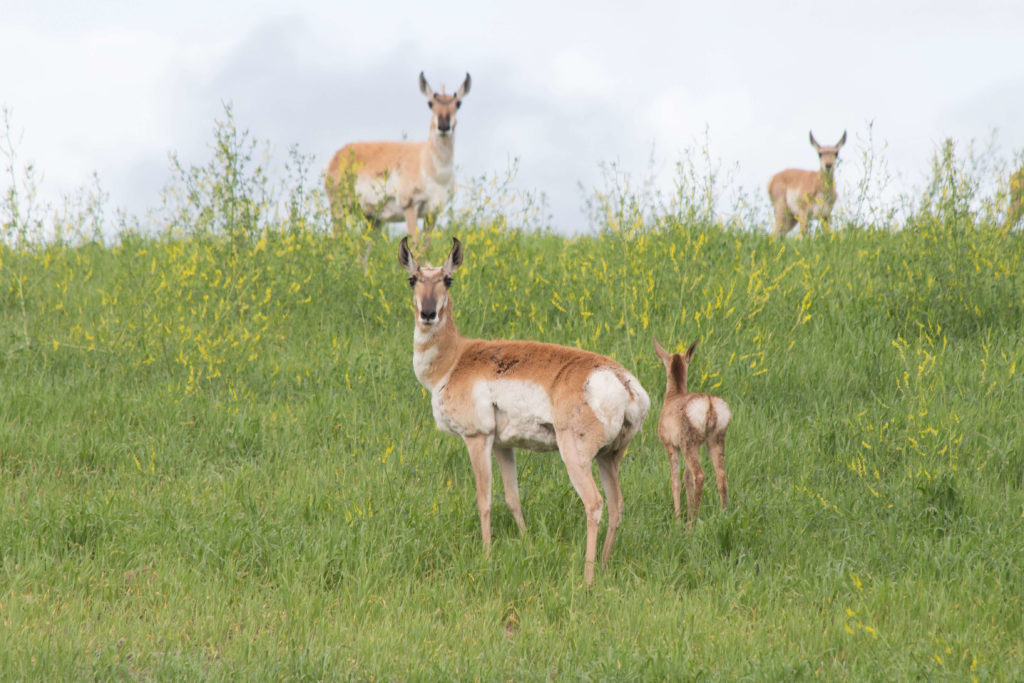
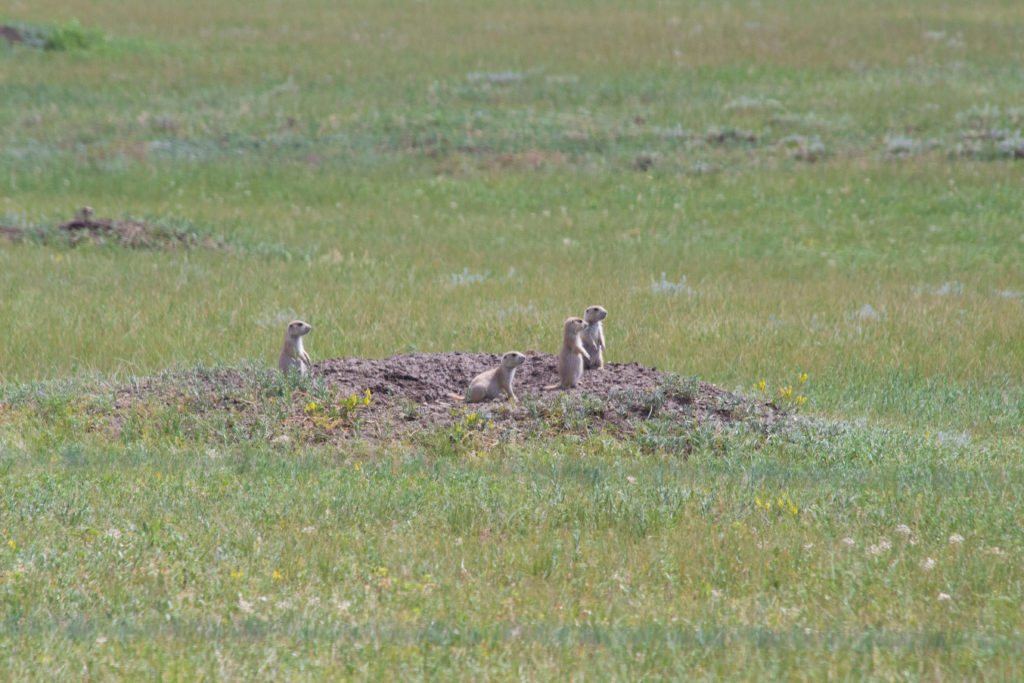
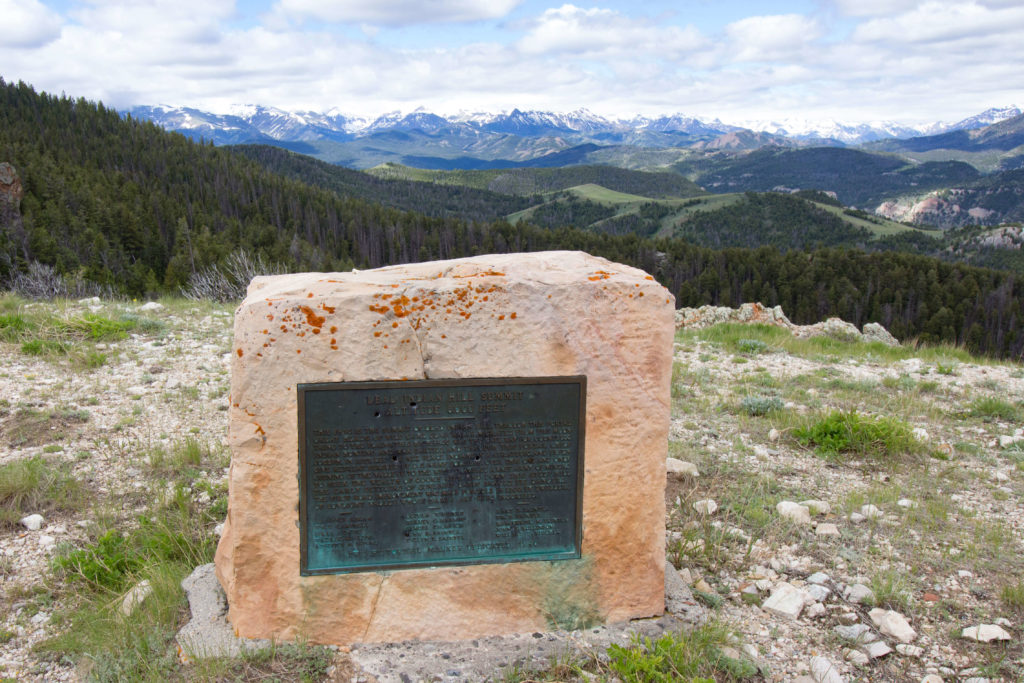



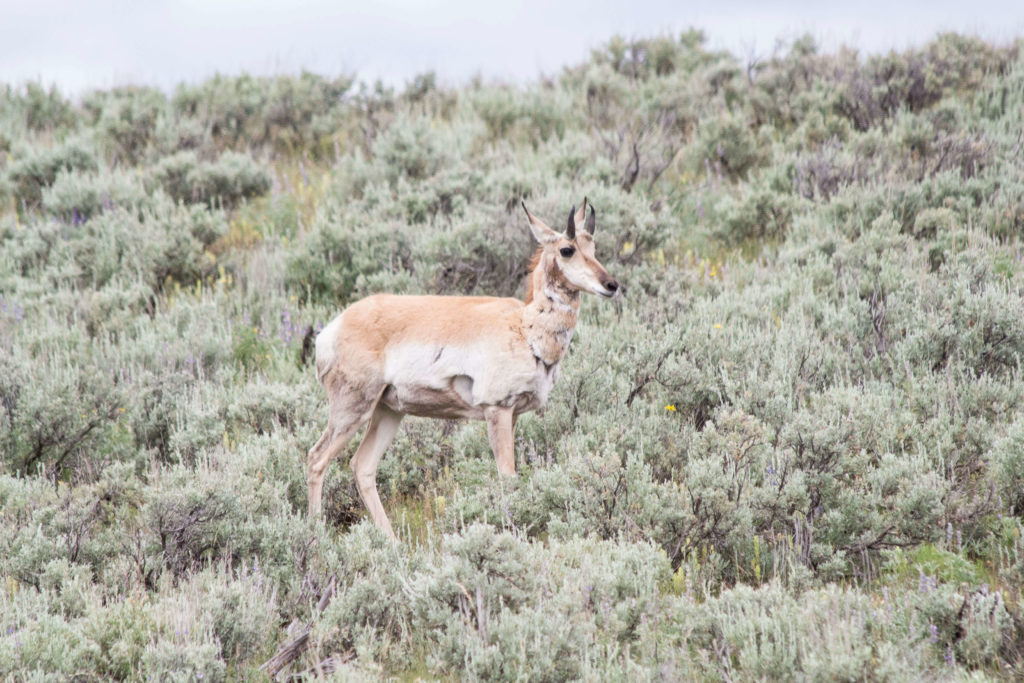

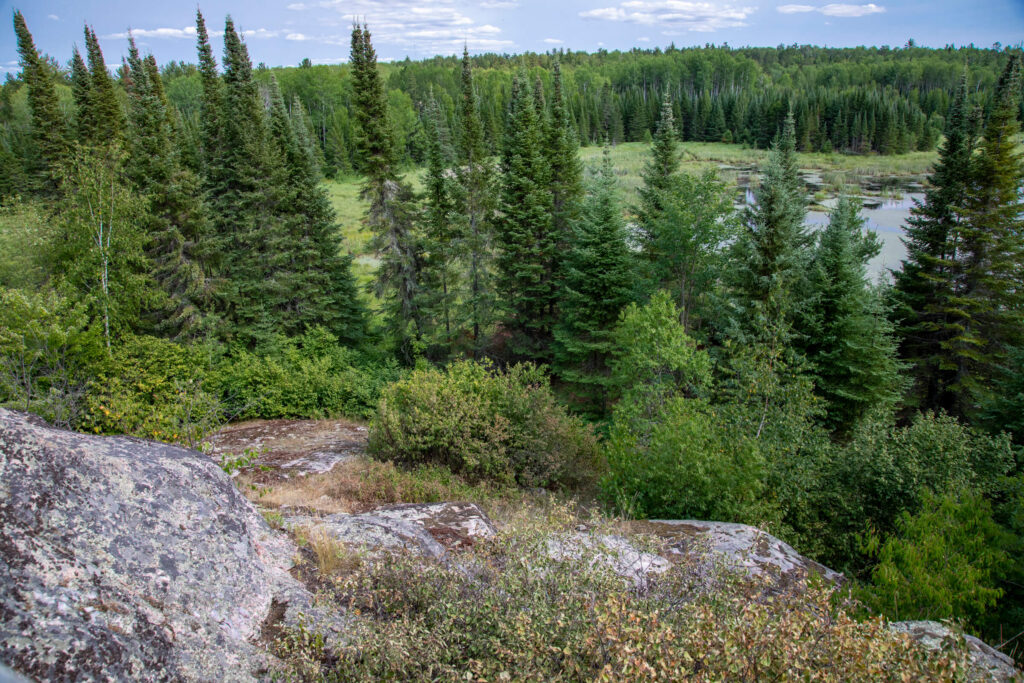
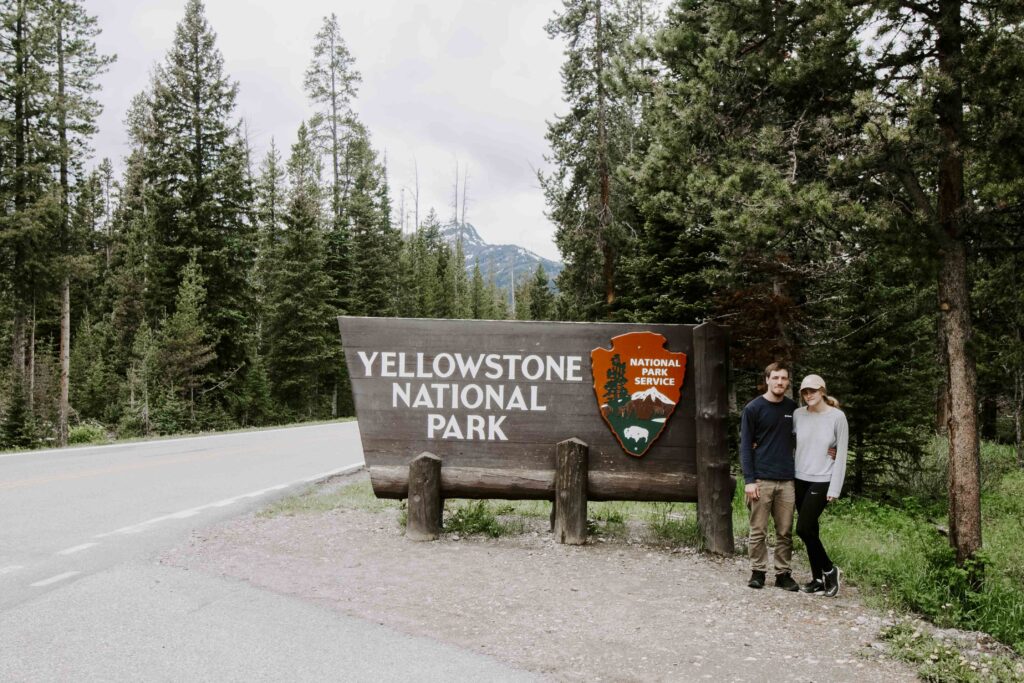
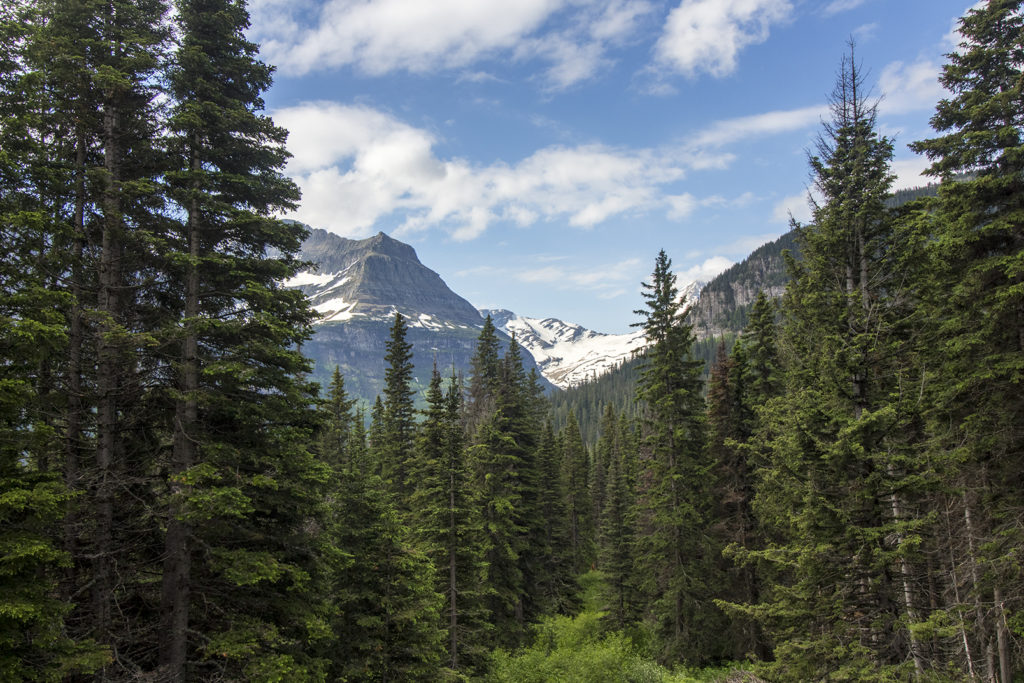

![Eating Vegan in Italy [Rome, Florence, + Venice]](https://bewelltheblog.com/wp-content/uploads/2023/07/Vegan-in-Italy-3-150x150.jpg)



